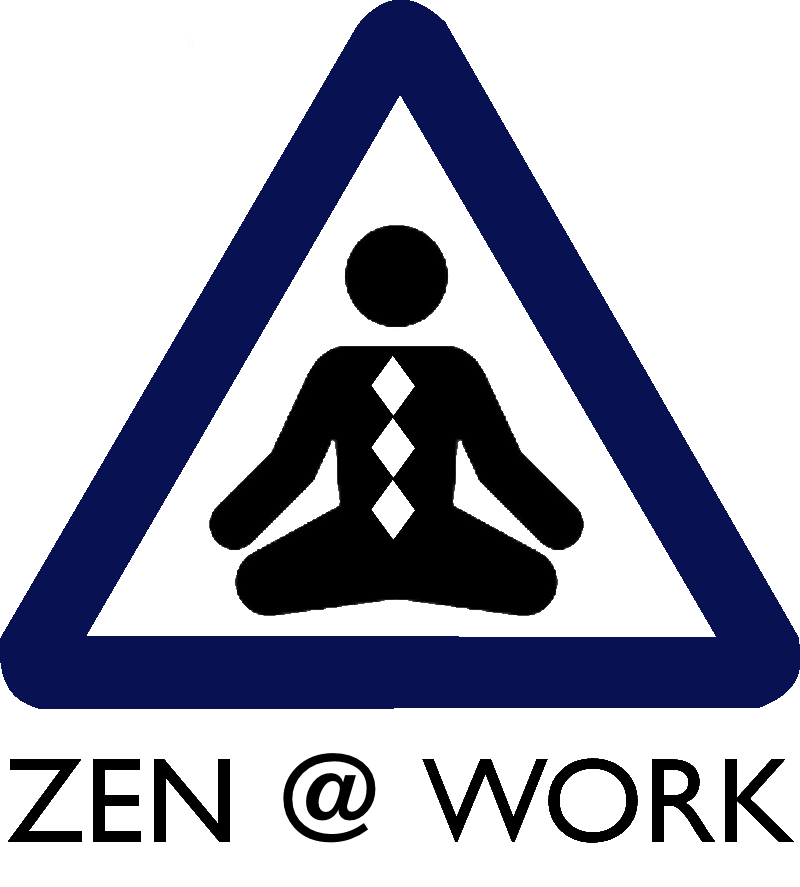Creating Your New Real
Photo by Céline Haeberly on Unsplash
You can change your very reality, for your reality is nothing other than what you continuously invite into your awareness.
At this time we need to take good care of ourselves. The more grounded and balanced we are, the more we can assist others. When our work is completely in service, then self-care IS other care.
It is natural for us to think otherwise: that care is a "zero-sum game", and the time and attention you give to yourself is "taken" from others. It is not true. The more resourced you are, the more you can help others. Just don't turn away from the needs in front of you. Meet them as wholly as you meet your own needs. Give everything to what is in front of you, then move to the next.
In order to live like this, simply and wholly, we must be willing to continuously bear witness to the reality of what is within us and in front of us, for what is continuous in our experience becomes our reality.
Every day that passes in our lives now establishes a new basis of continuity in our daily lives.
Better than asking what is the “new normal”, we have an opportunity to investigate the “new real.”
Zen practitioners know that the core condition of our minds is to identify with our thought stream. Our thought stream appears to be the one thing that never goes away. It appears so continuously, without any gap or interruption, that we take it to be the very nature of our selves.
But as you quickly discover with any meditation practice, your thought stream is not as continuous as you thought it was. We find blessed moments when no thought is present, and our awareness is spacious and peaceful. Who are you then? Who knows?
Your thought stream is a network of layered interactions of sense experience, cognition and stored memory. Each moment these layered interactions are happening and the network is temporarily re-created. But there is no “executive function” orchestrating the interactions.
Since there is no fundamental continuity to “thinker-of-the-thought-stream”, Zen says that the self as a wholly independent entity is not real. It does not mean that the thought stream is not real, or that we don’t experience it in a certain way, or can’t affect it in various ways. Fortunately, we can.
So what is more continuous -- more real -- than our thought-stream? One thing is immediately apparent: our bodies never go anywhere. The most essential organ functions never stop: breathing and heart beat. Maezumi Roshi pointed out that when we talk about the essentials for survival, we usually talk about eating, drinking and sleeping, and we rarely talk about breathing. But breathing is the most continuous and ever present of our nourishments. Yet we take it for granted all the time.
Our in-breath supports our sympathetic nervous system: the involuntary responses to danger or threat. (Think of the gasp! when we are alarmed.) The out-breath supports the parasympathetic system, the "relax and digest" system. (The long breath of Ahhhhhhh!). Right now, we NEED both to be in balance and supported.
This is one reason breath awareness is the most profound meditation. We get right to the heart of lived human experience, in all its tenderness, subtlety and grace. The debilitating pandemic now sweeping the world attacks our respiratory systems. We are being called to appreciate the true reality of lives, not the notional realities of plans, ideas, and ideologies.
Photo by Jeremy Bishop on Unsplash
In this time of re-set and sheltering, you have an opportunity to investigate and re-shape your reality. Up to now, your reality has been progressively developed by your daily experiences. Physical experiences of waking, brushing, eating, driving, moving, sitting, working. Emotional experiences of pleasure and pain, comfort and discomfort, as dictated by your preferences. And your consistent mental experiences of thinking, worrying, analyzing, planning, and on and on.
Wherever “business as usual” is disrupted -- as it is now across all sectors of society -- we are forced to find a new normal. We cannot exist in a chaotic state for long without even broader systemic breakdown.
Many of us can now be more intentional about how we live our days. What we do in those precious first few hours after waking. Who we communicate with. How long we spend on problems. How much time we spend outside. How we prepare our meals.
There is a profound inertia to our fixed beliefs and behaviors. In fact, Zen Master Hakuin said “habit-ridden consciousness” was the main obstacle to living an awakened life. Habit-ridden consciousness also includes the reactive patterns of our minds and nervous system: the learned helplessness, the fight-flight-freeze responses, the reliance on default attachment styles.
The saving grace is that all of our habits are workable.
Change starts with paying more attention to the things that truly are continuous in your life, and then acting with consistency in more intentional ways.
Be fully present with your body and your breath. Be fully present to loved ones and your work. Give full attention to your challenges and your enjoyments.
Maintaining a new daily schedule for two months can create a new world for yourself. You can change your very reality, for your reality is nothing other than what you continuously invite into your heart-awareness.


